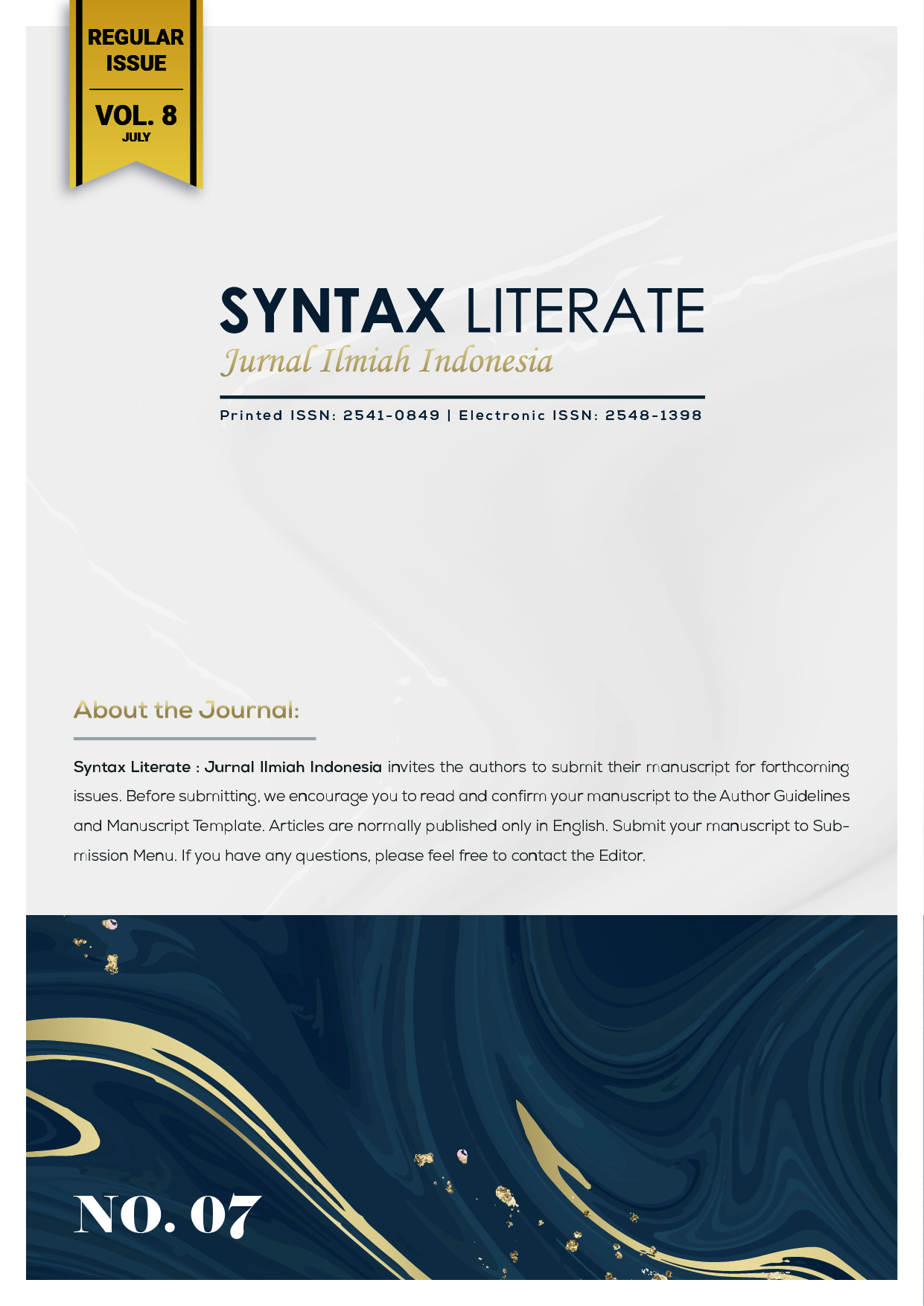Penerapan Sistem Kamar di Mahkamah Agung Republik Indonesia dalam Rangka Meningkatkan Profesionalisme dan Kualitas Putusan para Hakim Agung
Abstract
At the end of December 2016, the Supreme Court (MA) issued Circular Letter (SEMA) No. 4 of 2016 concerning the Implementation of the Formulation of the Results of the 2016 Supreme Court Chamber Plenary Meeting as a Guideline for the Implementation of Duties for the Court. The agreement on the results of the formulation of new plenary legal rules of this chamber has been held every year since 2012, especially judicial technical discussions in handling cases in each chamber of the Supreme Court. So, this Chamber System is based on the specialization of the field of law mastered by each Supreme Court justice. That way, Supreme Court justices can only handle cases according to their expertise. Since the introduction of the chamber system to the Supreme Court, each chamber periodically holds chamber plenary meetings. The plenary meeting of the chamber serves as a forum for the Supreme Court justices to discuss the resolution of legal issues that have not been shared among the Supreme Court justices. The research method used is the normative juridical method, namely research that prioritizes literature data, namely research on secondary data. The secondary data can be primary, secondary or tertiary legal material. This research includes research on positive legal provisions in force in Indonesia relating to the implementation of the chamber system in the Supreme Court of the Republic of Indonesia in order to improve the professionalism and quality of decisions of the Supreme Court justices. Based on the results of the study, the author concludes that the quality of Supreme Court decisions after the implementation of the Chamber System, meaning that the application of the chamber system is regulated by a management to try a case based on the field of case, then the method is tried by a council of judges who have the same field of expertise (one field), both with the case to be tried and in the same field with other members of the magistrate. Thus, the chamber system is a system in which Supreme Court justices with similar expertise (similar competence) are gathered group by group.
Downloads
Copyright (c) 2023 Sano San, Anggawira Anggawira, Suhandi Cahaya

This work is licensed under a Creative Commons Attribution-ShareAlike 4.0 International License.











